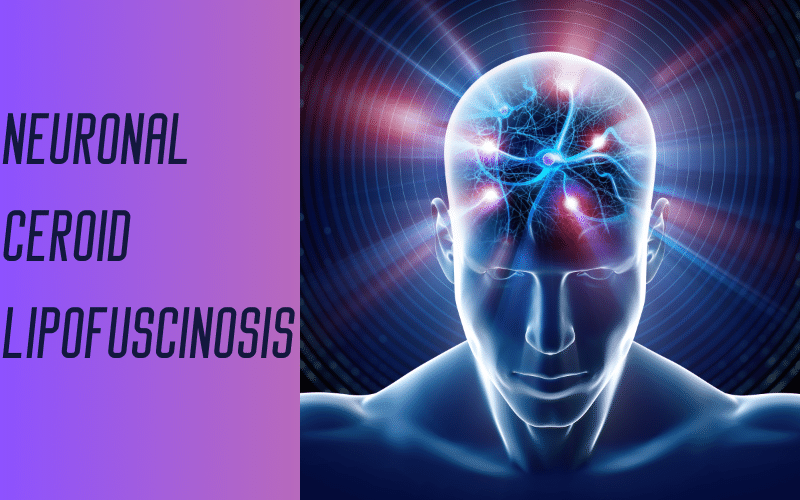Understanding Neuronal Ceroid Lipofuscinosis: A Closer Look at the Top 10 Symptoms

Neuronal Ceroid Lipofuscinosis (NCL) is a group of inherited neurodegenerative disorders that primarily affects children. Also known as Batten disease, NCL is characterized by progressive damage to the nervous system, resulting in a multitude of physical and mental impairments.
The disease is triggered by the accumulation of lipofuscins, a type of waste product, in the body’s tissues. Over time, these lipofuscins cause cellular damage, especially in the brain and other parts of the nervous system, leading to the various symptoms associated with NCL.
One of the significant challenges in dealing with NCL is its rarity and lack of public awareness. It often leads to a delayed diagnosis, causing additional distress to the affected families. An essential step towards effective management is recognizing the signs early. Here, we aim to delve into the ten key symptoms of Neuronal Ceroid Lipofuscinosis.
While the specific symptoms can vary depending on the type of NCL, they typically revolve around progressive vision loss, cognitive decline, and motor skills regression, among others. Each of these symptoms plays a vital role in the patient’s life, affecting their daily activities, overall well-being, and life expectancy.
Our primary goal in this article is to illuminate these critical symptoms, offer an in-depth understanding of each, and elucidate their impacts on the patient’s life. In doing so, we hope to promote better awareness of NCL, facilitate earlier detection, and thereby contribute to improved patient outcomes. Let’s begin our journey into understanding NCL more deeply.
Symptom 1: Vision Deterioration: The Initial Alarm of Neuronal Ceroid Lipofuscinosis

The first sign of Neuronal Ceroid Lipofuscinosis often surfaces in the form of deteriorating vision. This is more than just a simple decrease in visual acuity. It’s an insidious process that initially presents as difficulty seeing in low light or at night, a condition medically termed as nyctalopia.
As NCL progresses, this vision impairment advances to more pronounced stages. Patients may find it challenging to identify faces, read, or even navigate through familiar spaces. The subtle changes might not be noticed immediately, particularly in younger children who may lack the ability to express these changes effectively.
The underlying cause for this symptom is the build-up of lipofuscin deposits in the retinal cells, causing gradual damage. This accumulation particularly affects the retinal cells’ function, responsible for detecting light and sending signals to the brain. Over time, this cellular damage leads to the visual impairment observed in NCL.(1)